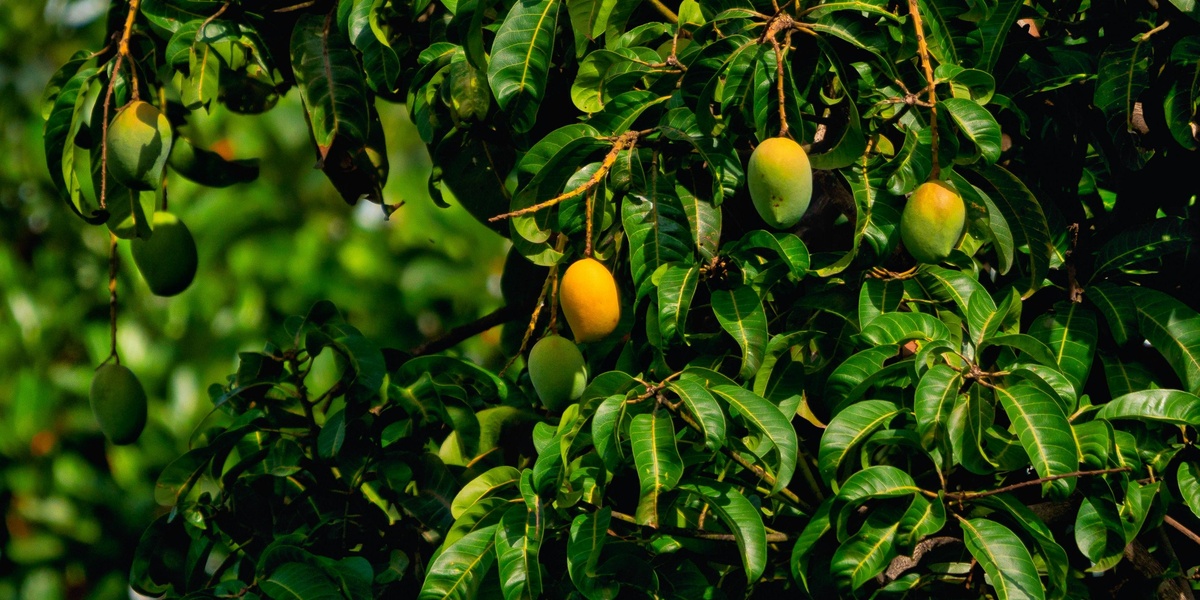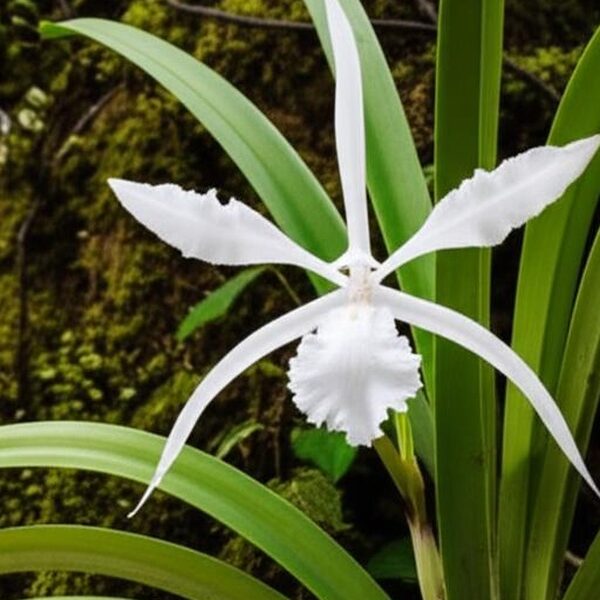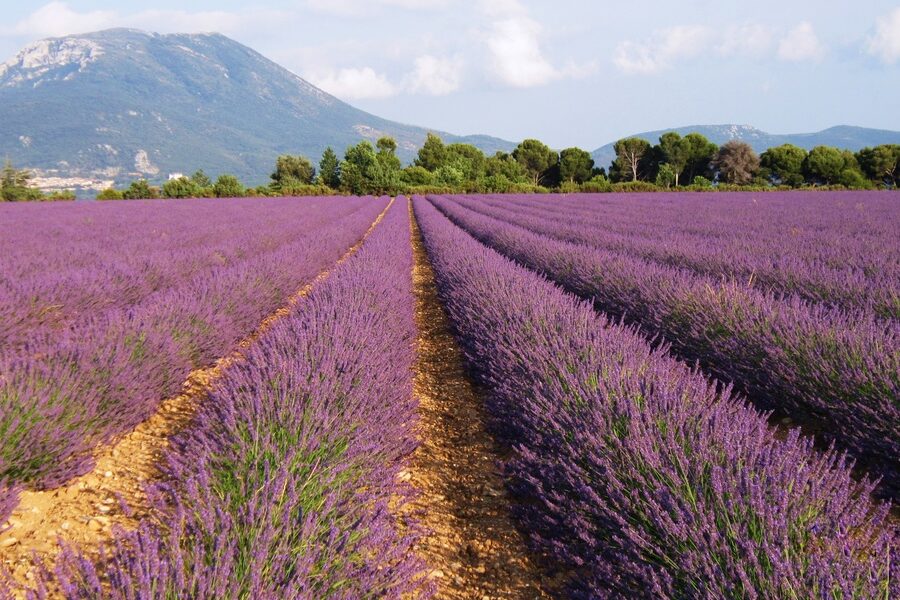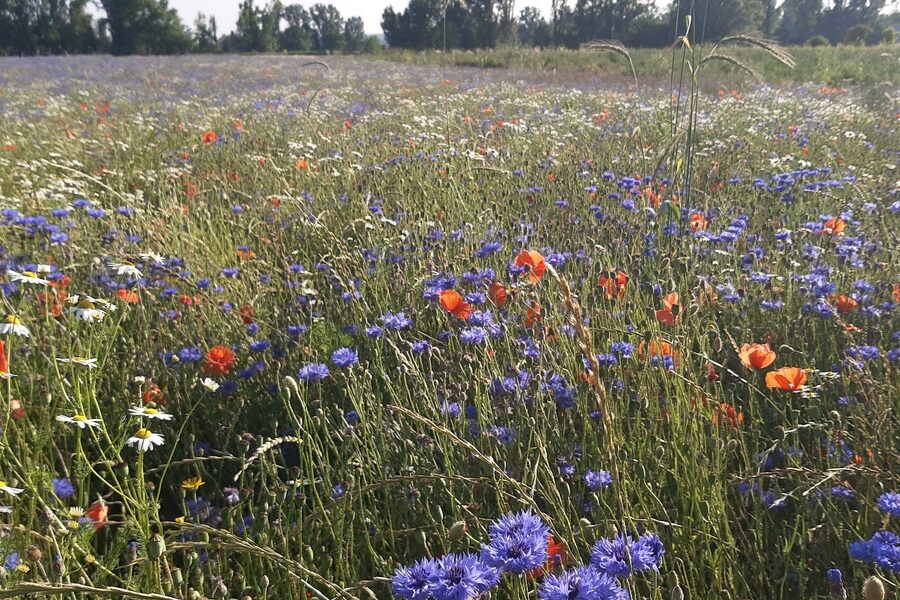Trinidad and Tobago’s islands are a melting pot of climates and cultures, which shows up deliciously in their local fruit. From roadside stalls to home gardens, you can taste tropical diversity shaped by seasons, recipes and traditions.
There are 38 Fruits of Trinidad and Tobago, ranging from Balata to West Indian Cherry. For each entry the data are organized with Scientific name,Season,Where & use so you can see taxonomy, peak months and common applications; you’ll find these details below.
How will the season information help me plan visits to markets or farms?
The Season column shows typical ripening windows, so you can time visits to catch peak harvests or festival ingredients; combine that with Where & use to know which towns, markets or farms specialize in particular fruits and how locals prepare them.
Are these fruits generally safe to eat raw or do some need special preparation?
Many are eaten fresh, but some are best cooked, processed or peeled—check the Where & use notes for traditional preparation and any caution about seeds or latex; when in doubt, ask market sellers or growers who handle them regularly.
Fruits of Trinidad and Tobago
| Name | Scientific name | Season | Where & use |
|---|---|---|---|
| Mango | Mangifera indica | May–Aug | Eaten fresh, in chow, juices, and preserves throughout T&T. |
| Pommecythere | Spondias dulcis | Year-round | Green in chow, ripe in juices, stews. Eaten across T&T. |
| Chenette | Melicoccus bijugatus | Jun–Sep | Eaten fresh by cracking the skin. Popular roadside snack across T&T. |
| Pawpaw | Carica papaya | Year-round | Eaten fresh, in salads and desserts. Grown in home gardens everywhere. |
| Soursop | Annona muricata | Year-round | Primarily for juice, ice cream, and desserts. Widely available. |
| Pommerac | Syzygium malaccense | May–Jul & Nov–Jan | Eaten fresh, stewed, or made into wine. Common in gardens. |
| Five Fingers | Averrhoa carambola | Sep–Jan | Eaten fresh, in salads, and as a garnish. Found throughout T&T. |
| Guava | Psidium guajava | May–Aug | Eaten fresh, stewed, made into jelly, cheese, or paste. Very common. |
| West Indian Cherry | Malpighia emarginata | Year-round | Eaten fresh, but mostly for juices due to high Vitamin C. |
| Sapodilla | Manilkara zapota | Feb–Jun | Eaten fresh as a dessert fruit. Grown in gardens. |
| Passion Fruit | Passiflora edulis | Year-round | Juices, desserts, and flavoring. Grown on vines everywhere. |
| Coconut | Cocos nucifera | Year-round | Water for drinking, jelly for eating, dried flesh for oil/milk. Ubiquitous. |
| Pineapple | Ananas comosus | Apr–Jul | Eaten fresh, juiced, in cooking and preserves. Cultivated widely. |
| Watermelon | Citrullus lanatus | Jan–May | Eaten fresh, juiced. Commercially grown, popular in dry season. |
| Banana | Musa spp. | Year-round | Ripe as a dessert fruit; green as a cooked provision. A staple crop. |
| Plantain | Musa paradisiaca | Year-round | Cooked as a vegetable (fried, boiled, baked). Staple food crop. |
| Portugal | Citrus reticulata | Nov–Feb | Eaten fresh, juiced. A Christmas-time favorite. |
| Tangerine | Citrus tangerina | Nov–Mar | Eaten fresh, juiced. Common citrus fruit. |
| Lime | Citrus aurantiifolia | Year-round | Flavoring for drinks, food, chow. Essential in T&T kitchens. |
| Orange | Citrus sinensis | Nov–Apr | Eaten fresh, juiced. Widely grown. |
| Grapefruit | Citrus × paradisi | Nov–Apr | Eaten fresh for breakfast, juiced. Grown commercially. |
| Plum | Spondias mombin | Jul–Oct | Eaten fresh, stewed, made into chow or preserves. Common backyard tree. |
| Tamarind | Tamarindus indica | Jan–Apr | Pulp used for sauces, candies (tamarind balls), and drinks. |
| Caimite | Chrysophyllum cainito | Jan–May | Eaten fresh as a dessert fruit. Found in rural areas. |
| Barbadine | Passiflora quadrangularis | Year-round | Pulp for juice/ice cream; flesh can be cooked. Grown on large vines. |
| Peewah | Bactris gasipaes | Sep–Nov | Boiled in salt water and eaten as a snack. Sold by street vendors. |
| Breadfruit | Artocarpus altilis | Jul–Nov | Cooked as a starchy staple (roasted, fried, boiled). Common backyard tree. |
| Jackfruit | Artocarpus heterophyllus | Jun–Aug | Ripe pods eaten fresh; green fruit cooked in savory dishes. |
| Chataigne | Artocarpus camansi | Jul–Nov | Seeds are boiled or roasted; flesh cooked in curries. |
| Cashew | Anacardium occidentale | Mar–Jun | Nut is roasted; fruit (cashew apple) is eaten or juiced. |
| Balata | Manilkara bidentata | Apr–Aug | Eaten fresh. A wild fruit, less common now. Found in forests. |
| Mammy Apple | Mammea americana | May–Aug | Eaten fresh, stewed, or in preserves. Large, established trees. |
| Fat Pork | Chrysobalanus icaco | Year-round | Eaten fresh or made into preserves. Found in coastal areas. |
| Sorrel | Hibiscus sabdariffa | Nov–Jan | Fleshy calyces used for the popular Christmas drink. Widely cultivated. |
| Dongs | Ziziphus mauritiana | Nov–Mar | Eaten fresh as a snack. Found in dry areas. |
| Pois Doux | Inga edulis | Apr–Jul | Pulp eaten fresh as a snack. Common in countryside. |
| Gru-gru-beff | Acrocomia aculeata | Mar–Jun | Nut-like kernel is eaten. A foraged palm fruit. Found in the wild. |
| Cocorite | Attalea maripa | Jul–Sep | Kernel is eaten, oil can be extracted. A native palm. Wild in forests. |
Images and Descriptions
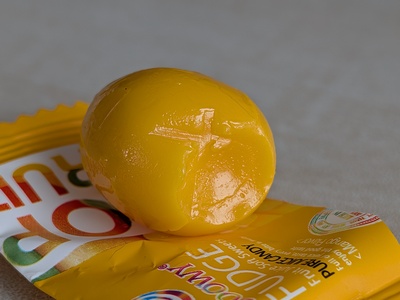
Mango
Sweet, juicy stone fruit with fibrous to smooth flesh. A beloved seasonal treat, with varieties like ‘Julie’ and ‘Starch’ being local favorites across both islands.
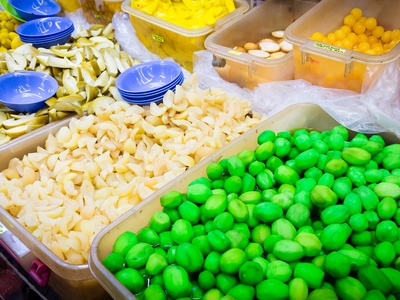
Pommecythere
Green, crunchy, and tart when unripe, turning yellow and sweet-tart when ripe. It has a distinctive spiky, fibrous core and is a staple for making the popular snack “chow.”
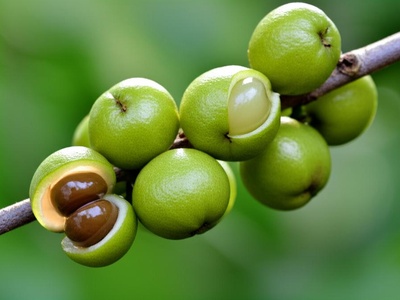
Chenette
Small, green, round fruit growing in bunches. The thin, brittle skin reveals a gelatinous, sweet-tart pulp surrounding a large seed, often called guinep or Spanish lime elsewhere.
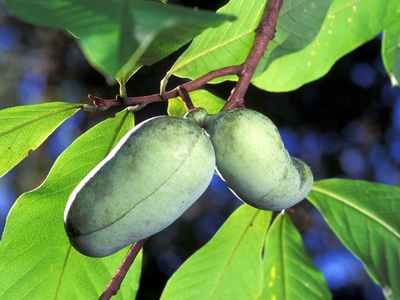
Pawpaw
Large, oblong fruit with greenish-yellow skin. The flesh is bright orange, soft, and sweet with a musky flavor, containing a cavity filled with black, peppery seeds.
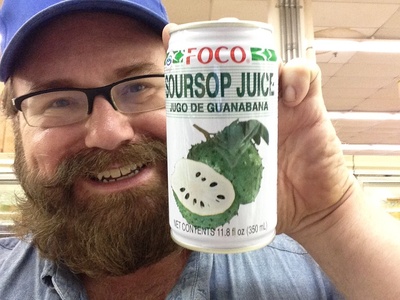
Soursop
Large, green, spiky-skinned fruit with soft, white, fibrous pulp. Its flavor is a unique combination of strawberry and pineapple, with a creamy, sour tang.
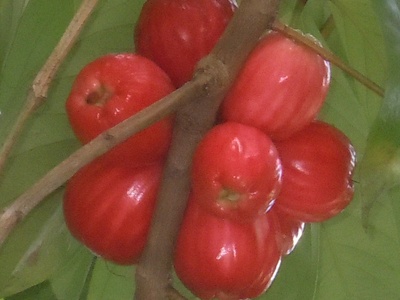
Pommerac
Pear-shaped, waxy fruit with brilliant red or pink skin. The flesh is white, crisp, and watery with a mild, sweet flavor, often compared to a rose-scented apple.
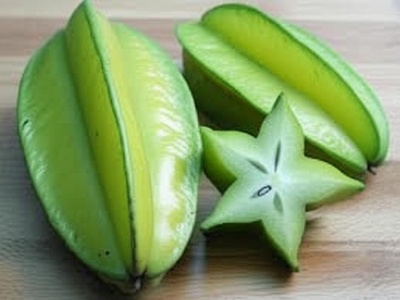
Five Fingers
Waxy, yellow-green, oval-shaped fruit with five distinct ridges. When sliced, it forms a perfect star shape. The taste is crisp, juicy, and ranges from tart to sweet.
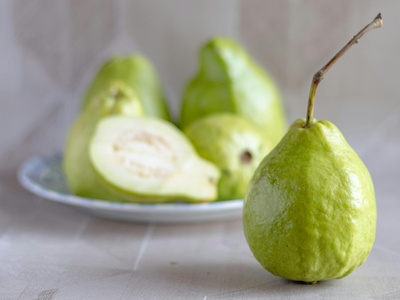
Guava
Round to oval fruit with green or yellow skin and pink or white flesh. It has a strong, musky, sweet aroma and is filled with small, hard seeds.
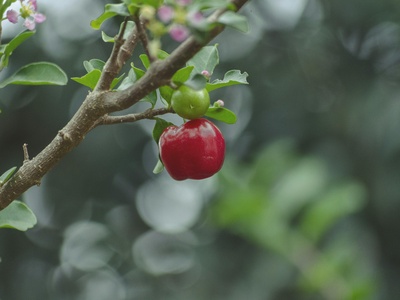
West Indian Cherry
Small, bright red, cherry-like fruit with a very tart, tangy flavor. Its delicate skin bruises easily and it is prized for its exceptionally high vitamin C content.
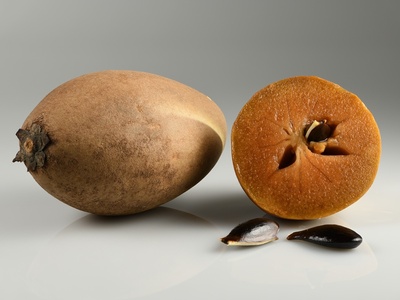
Sapodilla
Round or oval fruit with a rough, brown, kiwi-like skin. The pulp is exceptionally sweet, with a malty, brown sugar or pear-like flavor and a slightly gritty texture.
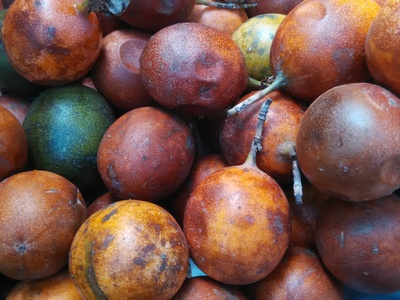
Passion Fruit
Round to oval fruit with a tough, wrinkled purple or yellow rind. Inside is a cavity filled with aromatic, jelly-like pulp and edible seeds, offering a tangy tropical flavor.
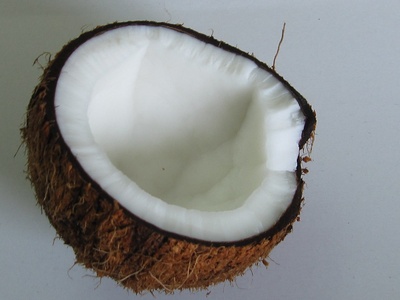
Coconut
A large drupe. Young green coconuts provide sweet, refreshing water and soft jelly, while mature brown ones yield hard white meat used for coconut milk and oil.
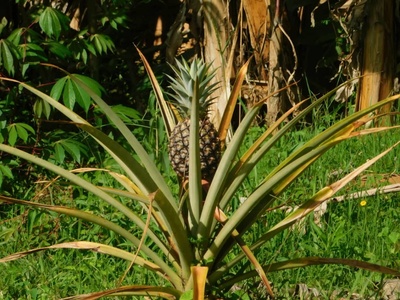
Pineapple
A large fruit with a tough, segmented rind and a crown of waxy leaves. Its fibrous flesh is exceptionally juicy, sweet, and tangy, a symbol of tropical hospitality.
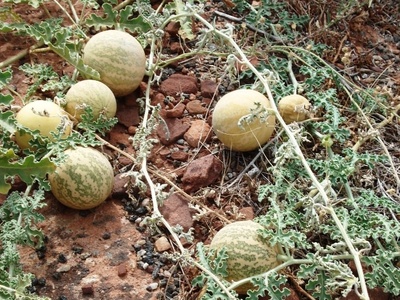
Watermelon
Large, round or oblong fruit with a striped green rind and sweet, juicy, red or pink flesh dotted with black seeds. A classic refreshing treat for hot weather.
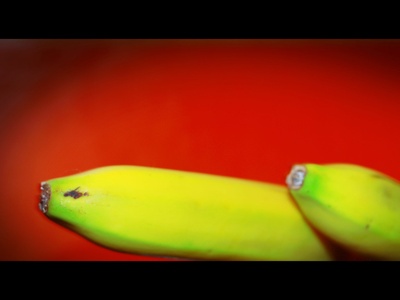
Banana
An elongated, curved fruit. The soft flesh is starchy when green and becomes sweet and creamy as it ripens. Multiple local varieties are grown and enjoyed daily.
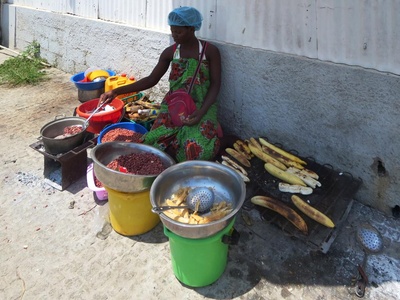
Plantain
Larger and starchier than dessert bananas, plantains are a cooking staple. They are typically cooked when green (savory) or ripe yellow/black (sweet), but never eaten raw.

Portugal
A loose-skinned mandarin orange, smaller and sweeter than a typical orange. It’s exceptionally easy to peel and is a traditional, highly anticipated fruit during the Christmas season.
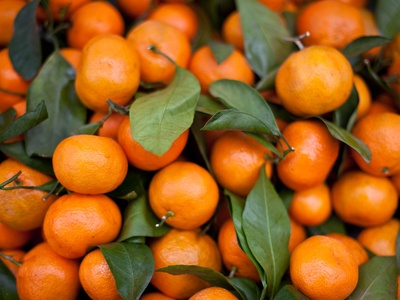
Tangerine
A variety of mandarin orange with a reddish-orange, easy-to-peel skin and a sweet, less tart flavor. It is a popular and healthy snack, especially when in season.
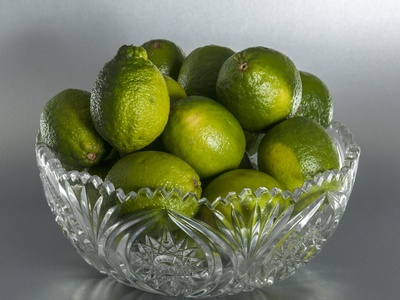
Lime
A small, green, round citrus fruit. Its acidic juice and aromatic zest are fundamental to local cuisine, used in everything from drinks and pepper sauces to marinades.
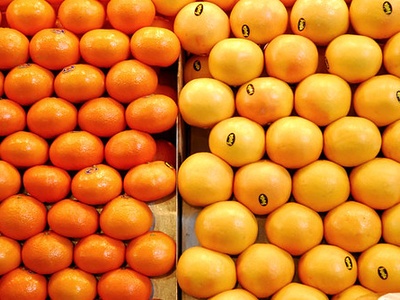
Orange
Round citrus fruit with a finely-pitted orange skin. The flesh is sweet and juicy. Roadside vendors often peel them skillfully, leaving a cap of peel as a handle.
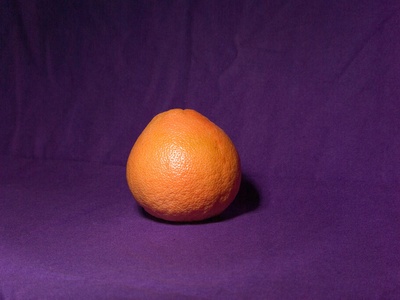
Grapefruit
A large citrus fruit with yellow-orange skin and segmented, juicy flesh that can range from white to pink. Its flavor is a mix of sweet, tart, and slightly bitter.
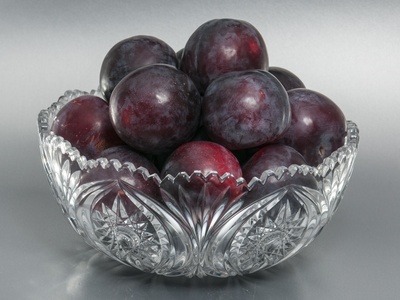
Plum
Small, oval, yellow fruit growing in clusters. It has a thin skin and a juicy, tart pulp surrounding a large, woody seed. Often eaten with salt and pepper.
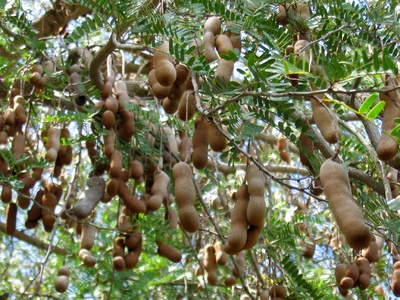
Tamarind
A pod-like fruit containing a sticky, brown, acidic pulp around hard seeds. Its sweet-and-sour flavor is a key ingredient in many local sweets and savory condiments.
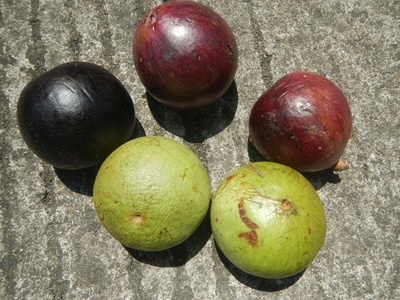
Caimite
Round fruit with smooth, purple or green skin. When cut horizontally, the pulp reveals a star-shaped pattern. The flesh is sweet, milky, and gelatinous. Also known as Star Apple.

Barbadine
The largest of the passion fruits, it’s large and oblong with a fleshy rind. The pulp is used for drinks while the less-flavorful flesh can be candied or cooked as a vegetable.
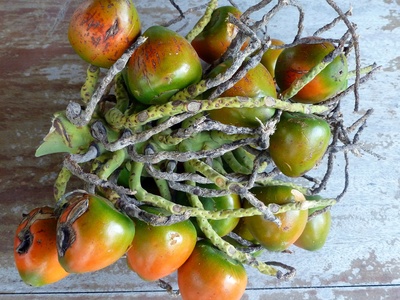
Peewah
Small, oval fruit from a palm tree, growing in large clusters. It has a starchy, dry texture similar to a boiled chestnut and must be cooked before eating.
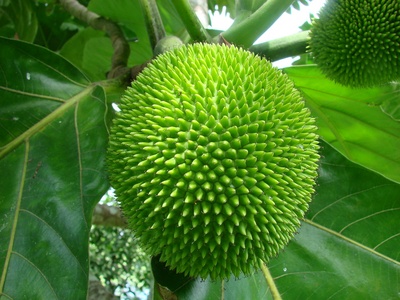
Breadfruit
Large, round, green fruit with a pebbly skin. When cooked, its starchy, potato-like flesh has a savory flavor and a texture reminiscent of fresh bread.
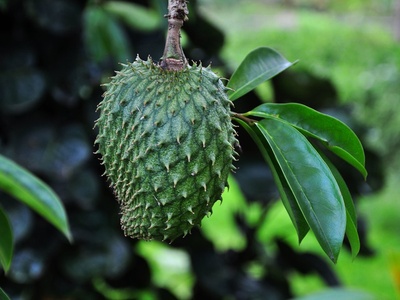
Jackfruit
The world’s largest tree fruit. Ripe yellow pods are sweet with a strong aroma. Unripe green jackfruit has a neutral taste and meaty texture, used as a meat substitute.
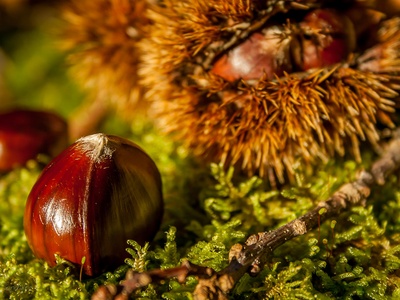
Chataigne
A relative of breadfruit, its surface is covered in soft spines. The main edible parts are the large, chestnut-like seeds which are boiled or roasted before consumption.
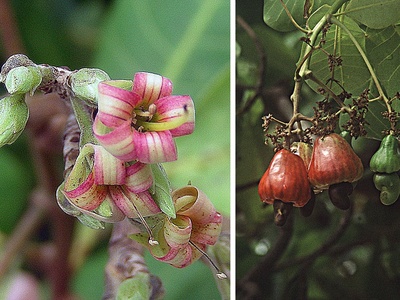
Cashew
The cashew apple is a pear-shaped, fleshy fruit with a sweet but astringent taste. The familiar cashew nut grows externally from the bottom of this “false fruit.”
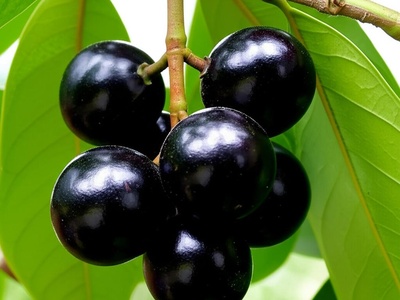
Balata
A small, round, purple-black fruit with a sweet, gummy, grape-like pulp. It was once widely gathered from the wild for its latex and delicious fruit.
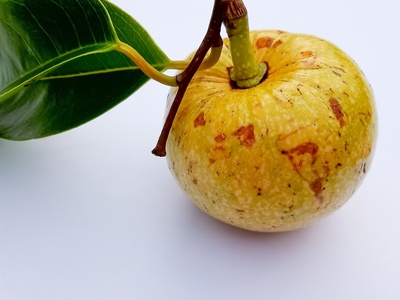
Mammy Apple
A large, round fruit with a thick, brownish, rough skin. The flesh is firm and orange to yellow, with a flavor reminiscent of apricot and raspberry, containing 1-4 large seeds.

Fat Pork
Small, round fruit that can be dark purple, pink, or white. The skin is thin and the white, cottony pulp has a mild, slightly sweet flavor.
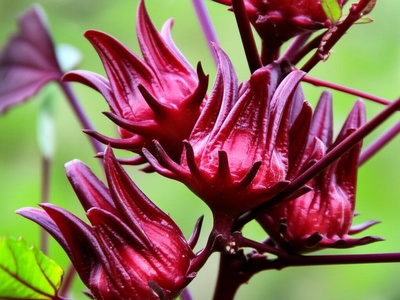
Sorrel
Not a true fruit, but the swollen, red calyces of the hibiscus flower are used as one. They have a tart, cranberry-like flavor and are famously brewed for a festive drink.
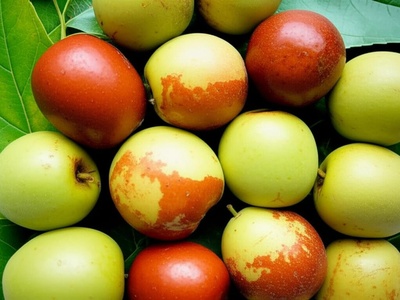
Dongs
Small, round fruit that is green and crisp like an apple when young, turning reddish-brown and chewy as it ripens. The flavor is sweet and apple-like. Also known as jujube.
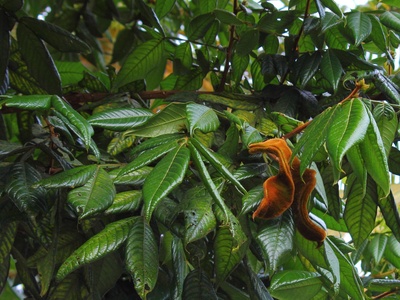
Pois Doux
A long, bean-like pod containing large seeds covered in a sweet, white, cottony pulp. The texture is soft and melts in the mouth, hence the name “ice cream bean.”
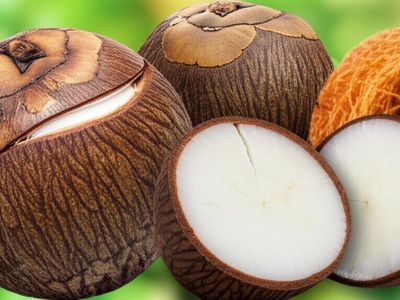
Gru-gru-beff
A hard-shelled palm fruit. The hard nut inside the fibrous pulp is cracked open to reveal a white, oily kernel that tastes very similar to coconut.
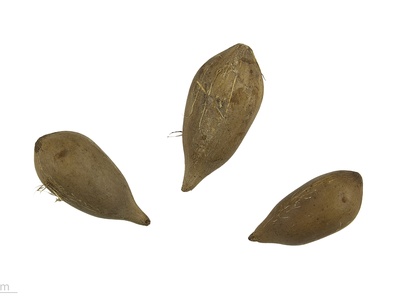
Cocorite
A hard-shelled palm nut growing in huge clusters. The edible part is the oily, white kernel inside the extremely hard shell, which must be cracked open with a stone.
